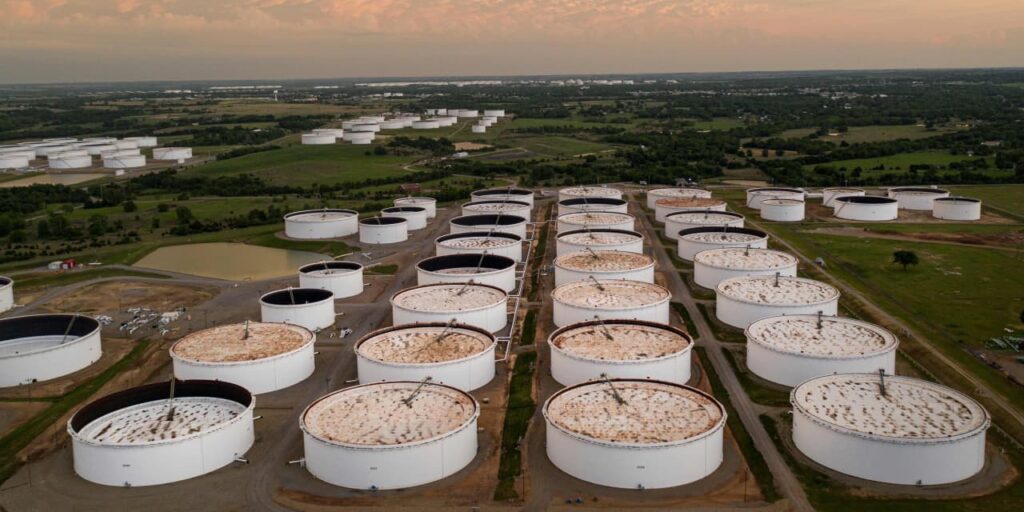Oil futures fell Wednesday morning, on track for a fifth straight losing session, as traders continued to look through additional OPEC+ production cuts, while industry data showed a rise in U.S. crude supplies.
Price action
-
West Texas Intermediate crude for January delivery
CL00,
-2.06%CL.1,
-2.06%CLF24,
-2.06%
fell 54 cents, or 0.7%, to $71.78 a barrel on the New York Mercantile Exchange. -
February Brent crude
BRN00,
-1.75%BRNG24,
-1.75%,
the global benchmark, cropped 60 cents, or 0.8%, to $76.60 a barrel on ICE Futures Europe.
Market drivers
Oil futures have been under pressure since Thursday, when the announcement of additional production cuts by the OPEC+ — made up of the Organization of the Petroleum Exporting Countries and its allies — left traders underwhelmed.
“Investors remain relatively unmoved by the potential impact that the additional voluntary production cuts agreed by the OPEC+ members will have on the market,” Ricardo Evangelista, senior analyst at ActivTrades, said in a note.
“Since the last day of November, the price of Brent has dropped more than 6%, showing that the markets’ concerns are tilted towards the demand side, as fears over an economic slowdown gain traction,” he wrote.
OPEC+ producers on Thursday agreed to voluntarily cut around 2.2 million barrels a day (mbd) of crude from the market in the first quarter of next year, a figure that included a widely expected extension of Saudi Arabia’s 1 mbd voluntary output cut and Russia’s 300,000 barrel-a-day cut to crude exports.
The voluntary nature of the overall cuts left traders skeptical over whether producers will comply, analysts said.
See: Why the rally in uranium that lifted prices to a 15-year high may not be over
The American Petroleum Institute late Tuesday reported that U.S. crude inventories saw a rise of 594,000 barrels last week, according to a source citing the data. The Energy Information Administration will release official inventory data Wednesday morning.
On average, analysts polled by S&P Global Commodity Insights expect the report, covering the week ended Dec. 1, to show a decline of 4.1 million barrels in domestic commercial crude stockpiles. They also forecast weekly supply increases of 800,000 barrels each for gasoline and distillate supplies.
Read the full article here

